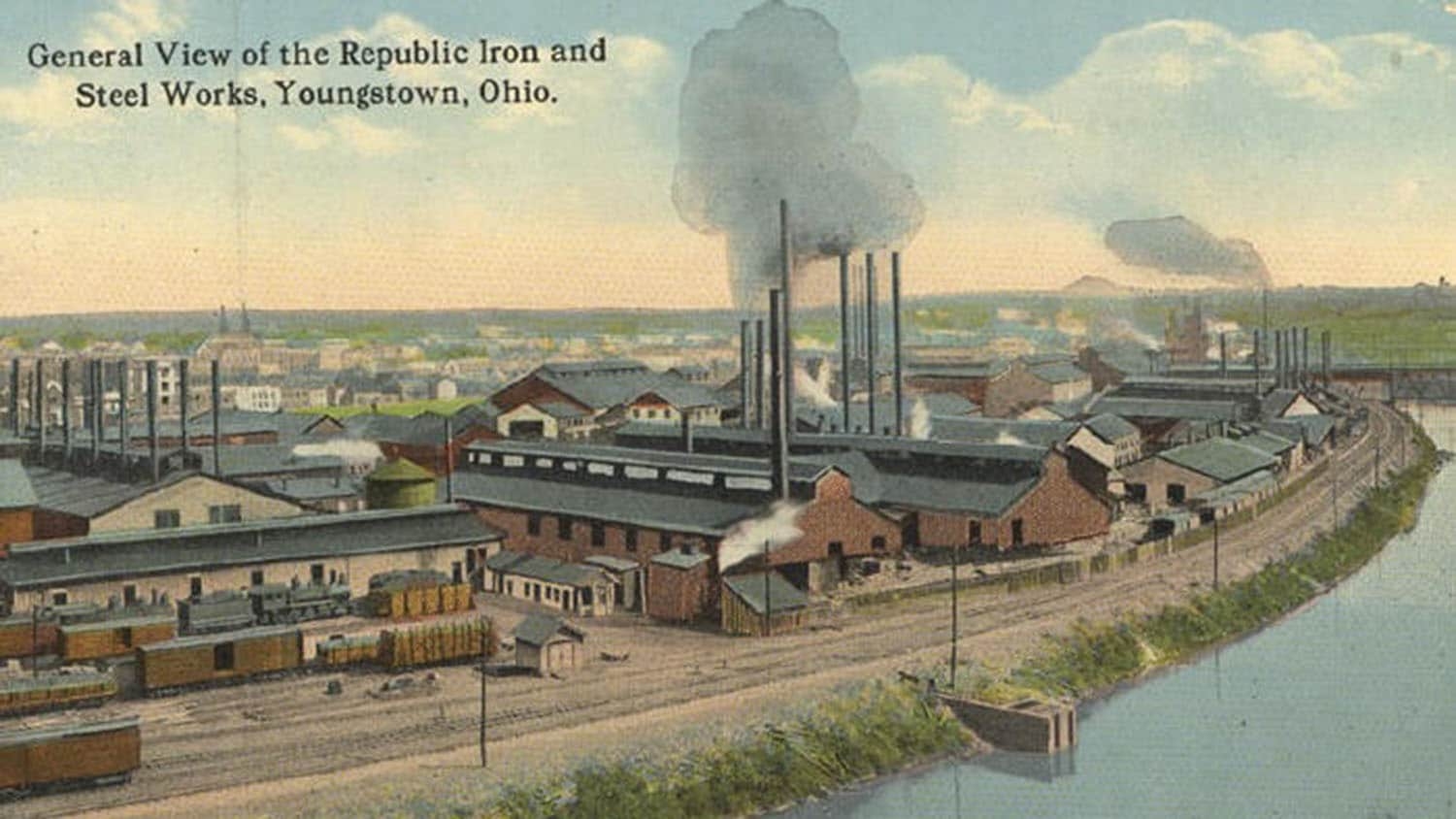Recent research suggests that communities that have seen steep reductions in manufacturing jobs are less likely to adopt plans related to environmental sustainability, highlighting the role that economic transitions play in fostering sustainability efforts.
The finding may seem counter-intuitive, as it suggests that one way to encourage sustainability is to ease transitions from manufacturing. But the work could play an important role in informing policy decisions for communities as local, state and federal governments strive to adjust to a changing climate.
An article on the work, “Historical manufacturing volatility and local sustainability efforts: A link to the past,” is published in the journal Global Environmental Change.
To learn more about the work, we spoke with the researchers: Christopher Galik, an associate professor of public administration at NC State, and Yuhao Ba, a Ph.D. graduate from NC State who is now an assistant professor of public policy at the National University of Singapore.
The Abstract: What was the key question you were setting out to address when you started this work?
Christopher Galik: Given pressing environmental challenges like climate change, along with gridlock at the federal level preventing all-encompassing, top-down solutions to these challenges, we wanted to better understand why communities adopt sustainability plans and practices at the local level.
Yuhao Ba: More specifically, we wanted to see if historical factors played a role in local communities’ sustainability commitments and decisions. This is because the literature on local sustainability efforts has focused, pretty much exclusively, on present-day socioeconomic, political, and environmental attributes. So, there was a potentially large gap in the literature.
TA: What drew you to that?
Galik: There’s been a lot of work done on why communities adopt sustainable plans and practices at the local level. Often times, as Yuhao just alluded to, the way that these questions are usually assessed is to look at the current attributes of a community: things like education, income, political leanings, structure of the local government, or even environmental quality and industrial makeup of an area. But, having grown up in a town where most of the heavy industry went away decades ago, it occurred to me that there might also be certain attributes – cultural heritage and connection to an industrial base that can last long after the loss of the industry itself – that are harder to measure looking at only data from the present day.
TA: Where do you even begin with a subject like that?
Galik: Well, it’s both pretty straightforward and really challenging.
On one hand, we’re just adding in another variable to the same types of models that others have long used to tease out these relationships. On the other hand, to even see if our initial hypothesis made sense, we had to connect branches of research that don’t usually talk to each other.
In this case, it was linking work from those who research community-level sustainability programming and those who study industrial transitions. Despite the fact that both are focusing on what’s going on in these individual communities, there really wasn’t a lot of crossover in the existing research or even in the questions being asked. From there, we needed to find data to allow us to test the connections with previous transitions. We eventually found that in almost 50 years of county-level manufacturing job numbers from the U.S. Bureau of Economic Analysis. At that point, it was simply a matter of developing a statistical model that allowed us to use both decades of historical data with single-year measurements of present-day community attributes to try and tease out what’s related to sustainability plan adoption at the local level.
TA: What did you find?
Ba: Our findings are quite interesting. Basically, the results show that the magnitude of changes in manufacturing employment – the swings observed within the manufacturing sector in a given locality over time – is negatively associated with the probability of adopting a sustainability plan. Counties having greater swings in manufacturing employment were associated with lower probabilities of adopting a sustainability plan. This means that those communities with more severe manufacturing job loss may be less likely to commit to a sustainability plan. In other words, the pace of transition really matters!
TA: What are the potential applications of these findings? In other words, how could this inform policy decisions? Is it a local government thing? State? Federal?
Galik: The most interesting thing for me, personally, is how this has the potential to inform so much of the efforts currently out there to help communities transition – whether they are communities that have historically been supported by heavy manufacturing as the economy continues becoming more service-oriented, or communities that have risen up around industries like coal that are likely to face challenges as the economy transitions to cleaner, renewable sources of energy.
If the results of this study play out like we think they might, there’s a possibility that efforts to help communities transition more smoothly and evenly might counterintuitively ease their eventual adoption of more sustainable practices. I think there’s always a role for policy at all levels to help guide these efforts, but in this particular case, a top-down, overnight rush might not be the most effective approach in all situations. It’s more a matter of meeting communities where they are.
TA: Whenever research answers one question, the answer often raises a host of additional questions. What are some future directions for this work?
Ba: The cool thing about this paper is that it opens up a series of research questions on the relationship between historical industrial transitions and local sustainability efforts. For example, in addition to the U.S. context, studies in other places or on other industries would definitely help strengthen our understanding of influence of past industrial transitions on present-day climate action, particularly given the groundswell of local initiatives globally since the Paris Agreement. Beyond program adoption, we also want to explore the relationship between past transitions and other, more complex aspects of local sustainability and climate efforts such as planning, capabilities, and performance. While adopting a plan can signal that sustainability is important to a given community, it’s also important to look at the concrete steps and outcomes that a community can demonstrate.
This post was originally published in NC State News.



